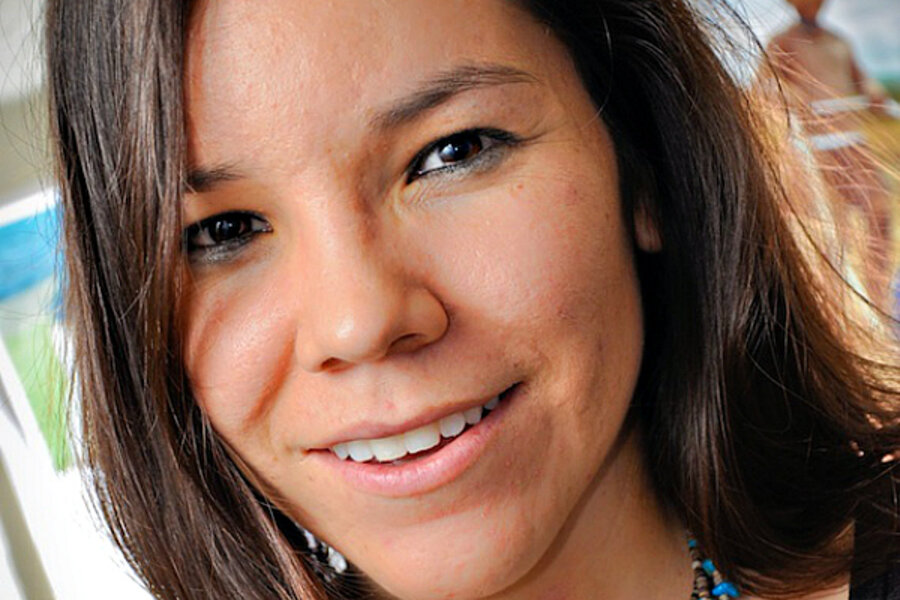Heather Fleming wants to solve poverty through better design
Heather Fleming spent her childhood summers collecting water. Growing up near the Navajo Nation, where many families did not – and do not – have running water, electricity, or plumbing, Fleming understood the precious gift of water.
Later in life, as Fleming became involved with Engineers Without Borders, she empathized with families struggling to access clean water around the world.
Frustrated by the inequality she experienced as a Navajo, and the corporate limitations of the Silicon Valley design firm she later worked for, Fleming founded Catapult Design to build new products and service models for impoverished communities.
Understanding real consumer needs and knowing the country and landscape is the most critical piece of the design process, Fleming said in an interview with Global Envision.
“One dangerous assumption is that the global market is homogenous,” Fleming said. “It’s not. Even less so in developing economies.”
Since its founding, Catapult Design has re-designed handwashing stations to drive better sanitation in Kenya, created a methodology to enable energy innovation in Indonesia, and prototyped water storage tools. What all of these projects has in common is an intent focus on knowing the consumer.
For example, in Ruli, Rwanda, Catapult Design worked to understand how the local community could tackle malnutrition by producing its own fortified porridge. The imported brand was too expensive for most households, so families would make their own at home – but lacked the ability to fortify it with nutrients and vitamins, a critical step toward reducing malnutrition.
Catapult learned the entire system – the price of milling grains, how women prepare the porridge and their portioning patterns, farm production capabilities, and how the movement of goods was coordinated locally.
Deeply understanding the community’s needs and systems already in place led Catapult to produce a guidebook to help smallholder farmers start and run a farm-to-fortified flour operation in their community.
Sharing experiences like these with other designers and developers is essential to sparking more creativity to solve poverty. In a white paper and accompanying website, www.demand-driven.org, Fleming and a team of partners, including Global Access to Technology for Development and Alana Conner Communications, documented best practices.
The team focuses on six principles of common business practices and translates them to meet the needs of developing markets:
- Understand who the customer is, what they need, and how cultural values may affect adoption.
- Learn from existing products and services in the market and improving design.
- Market to different communities with varying literacy rates and find trustworthy information sources.
- Guide commercialization with the appropriate local, national, and international partners to navigate regulatory issues.
- Leverage a variety of capital sources to support growth without subsidies.
- Use metrics to improve operations and show stakeholders the desired environmental or social impact.
“I'd root my approach in understanding real customer needs, and then make no assumptions about a solution’s ability to scale,” Fleming said. “And also recognize that part of your job is to create demand through marketing, education, and a sweet design.”
As more companies look to the developing world for new customers, Fleming hopes local designers will grow with support and encouragement, noting, “Innovation is born everyday out of constraints and necessity."
By using their creative wits, people can produce solutions to survive and thrive that could leapfrog anything designed in Silicon Valley, said Fleming. Businesses must learn how to cultivate these creative individuals to support development in emerging economies.
• This article originally appeared at Global Envision, a blog published by Mercy Corps.






